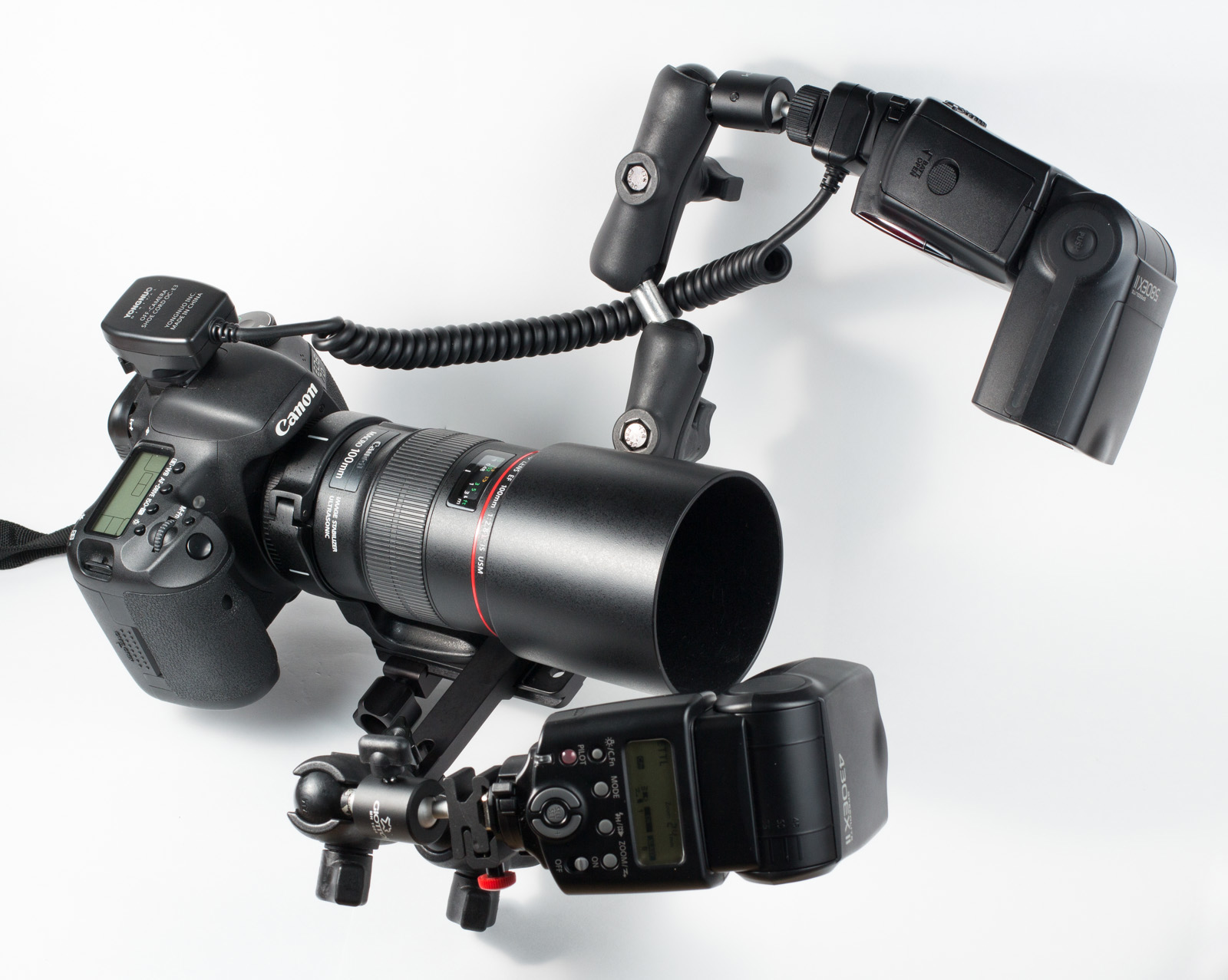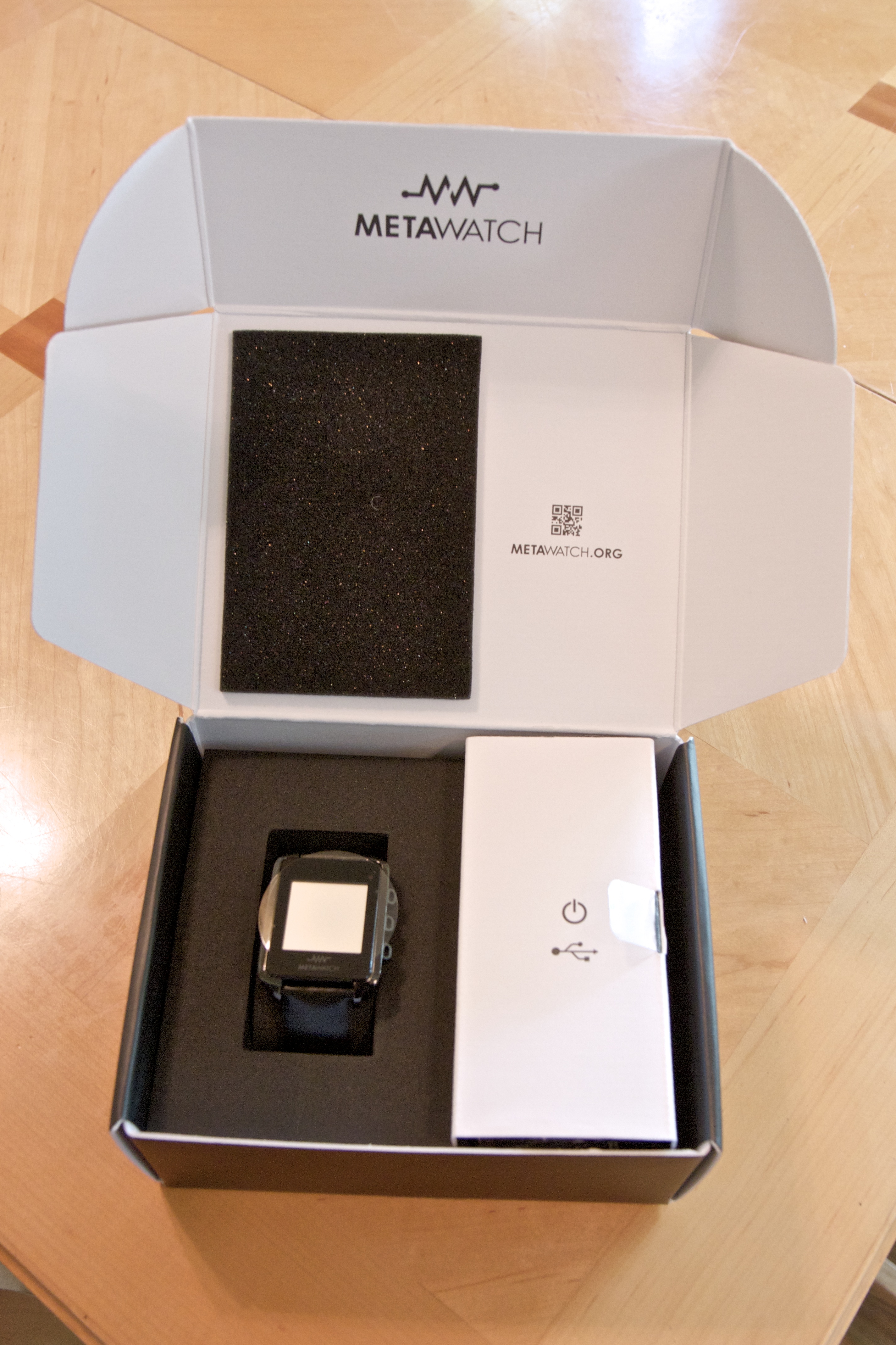Introduction
Macro photography (I dabble) requires a lot of available light or good artificial lighting. Small apertures for wide depth-of-field and close focusing distances limit the amount of light that gets to the sensor. Normal speedlites can work fine to augment or replace ambient light, but when you're shooting freehand it's difficult to handle a flash and the camera.

A flash like the Canon MT-24EX is a good solution for keeping all of the parts on the camera, but at close to \(1,000, it's difficult to justify on top of your existing flashes. [Wimberley's F-2 macro flash bracket](http://www.tripodhead.com/products/flash-bracket-macro-brackets.cfm) is an excellent compromise. With it, you can mount one or two regular speedlites to a tripod colar and position them using the balljoint arms. Problem is, they run\)169 per arm.
The Wimberley components are of very high quality, so the price is justified, but since they use slightly-customized RAM Mounts equipment for most of the flash arm, it's simple to construct a DIY solution slightly more cheaply.
Other people have documented this approach, but based on my difficulty finding the correct parts from their instructions, I'm not sure how many of them have actually assembled the bracket.
Read more

